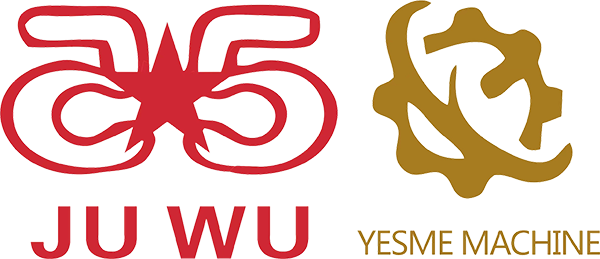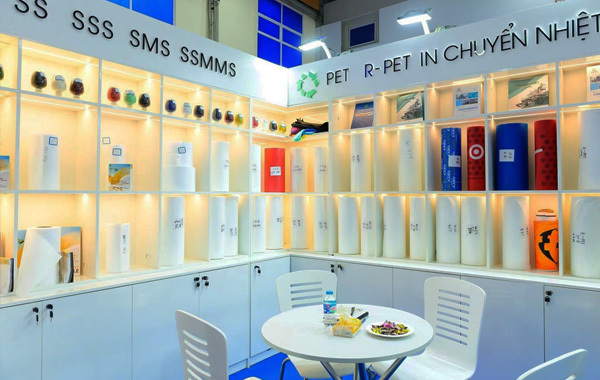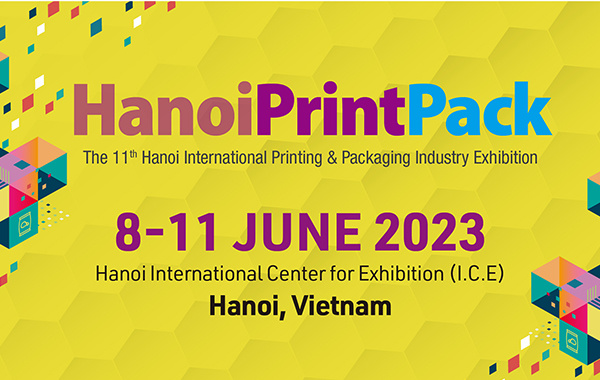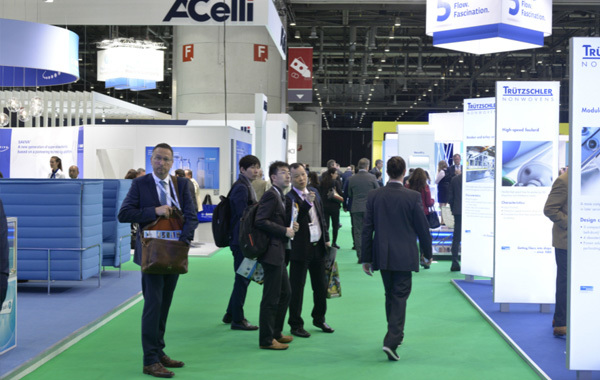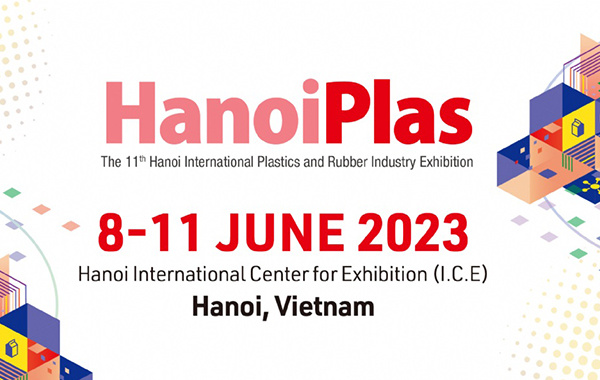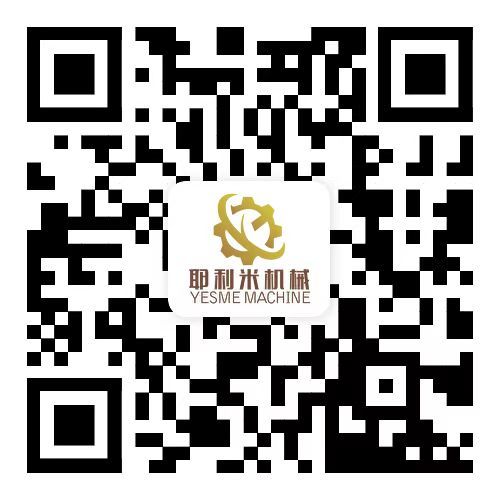Juwu company sent personnel to conduct thematic research on Ethiopia and South Africa
Release time:
Nov 23,2020
Africa, especially Ethiopia and South Africa, as an important node of the "Belt and Road", is an important direction and foothold for China to promote the construction of the "Belt and Road" westward.
Africa, especially Ethiopia and South Africa, as an important node of the "Belt and Road", is an important direction and foothold for China to promote the construction of the "Belt and Road" westward. The construction of "One Belt One Road" has also brought new opportunities to my country's textile industry. In this context, Juwu Company sent staff to follow the China Textile Federation delegation led by Vice Chairman Li Lingshen of the China Textile Industry Federation into Africa to conduct thematic research on Ethiopia and South Africa. The delegation enterprises are mainly key enterprises in the industrial textiles and chemical fiber industries, such as Hengyi Petrochemical, Tiandingfeng, Guowang Hi-Tech, Silk, Youcai Environmental Protection, Luyu Environmental Protection, Weibosite, Weifang Camel King, Lantian Environmental Protection In addition, leaders of Liaoning Textile and Garment Association and professors of Tianjin University of Technology participated. Lin Yunfeng, director of the International Trade Office of the China National Textile and Apparel Council, and secretary general of the China Textile International Production Capacity Cooperation Enterprise Alliance, accompanied the visit.
Since 2015, Ethiopia has launched the "Economic Growth and Transformation Plan", making it one of the few high-growth countries in the world. In the past 10 years, the average annual economic growth rate has reached more than 10%. The United Nations sees it as a model for achieving the Millennium Development Goals. As one of the pilot demonstration countries for China-Africa capacity cooperation, the average annual growth rate of bilateral trade volume has reached 26.2% in the past 10 years. At present, China is Ethiopia's largest trading partner, largest source of investment, and largest project contractor. The Ethiopian government regards the development of the textile and garment industry as a priority area of national industrialization and seeks multi-level and in-depth cooperation with the Chinese textile industry. Under the promotion of the China National Textile and Apparel Council, Ethiopia has been listed as a key country for international production capacity cooperation in the textile industry. In recent years, the cooperation and development between Ethiopia and China have all embodied the unique conditions of time, location, and harmony. The large-scale investment of domestic well-known textile enterprises has all confirmed that China and Ethiopia have the same concept, and the cooperation is gradually getting better. Ethiopia has been able to attract many textile investment projects. In addition to its strong development momentum, outstanding cost advantages and continuous improvement of infrastructure, the vigorously constructed industrial park has become the biggest contributor. Awasa Industrial Park is a model model for the construction of African industrial parks. The delegation visited Awasa Industrial Park and two park enterprises. The Awasa Industrial Park is currently the largest textile and garment industrial park in Africa. It was constructed by China Civil Engineering Group Co., Ltd. ("China Civil Engineering Group" for short). The first phase of the park began construction in 2015 and was completed in June 2016, with a total of 37 plants; in June 2017, the additional 1.5 phases were completed, with a total of 15 plants. There are currently 52 factories in the park, covering an area of more than 400,000 square meters. All 37 factories in the first phase of the park are leased by 15 textile and garment processing companies under the American clothing giant PVH Group. These include Wuxi Jinmao Company (JP TEXTILE), Jiangsu Jindao Company, and Hong Kong Lianye Garment Co., Ltd. (TAL Apparel). The park also has a one-stop service hall. The Investment Committee, Immigration, Customs, and Textile Industry Development Association all send representatives to move in to provide related services for the enterprises in the park. China and the Republic of South Africa established diplomatic relations in 1998. In just a dozen years, the relationship between the two countries has achieved a "triple jump" from a partner to a strategic partner to a comprehensive strategic partner. It can be said that China is friendly to Africa and even developing countries. A model of cooperation.
South Africa is located at the southernmost tip of the African continent. In 2016, South Africa replaced Nigeria as the largest economy in Africa. The production of gold and diamonds ranks first in the world. Deep mine mining and other technologies are in the leading position in the world. On the African continent, South Africa maintains a significant regional influence. South Africa formally joined the BRIC mechanism at the end of 2010. In recent years, the economic and trade exchanges between South Africa and the BRICS countries have continued to deepen. The latest data show that in 2016, South Africa exported 156 billion rand (approximately 78 billion yuan) to the four BRICS partner countries, and imported 27.3 billion rand. (13.7 billion RMB). According to China Customs statistics, the bilateral trade volume between China and South Africa reached US$35.3 billion in 2016. China has become South Africa's largest trading partner, export market and source of imports for eight consecutive years. South Africa has become China's largest trading partner in Africa for 7 consecutive years. In this year’s Xiamen BRICS Conference, there are new proposals to strengthen cooperation among BRICS countries, such as trade facilitation, investment facilitation and global governance. In 2018, South Africa will take over China as the rotating presidency of the BRICS mechanism. These are new opportunities and will play an important role in promoting South African investment.
It is worth noting that:
1. South African labor laws are strict, labor unions are strong, labor relations are strained, and strikes are frequent;
2. High degree of exchange rate marketization;
3. Infrastructure construction is relatively slow, and power shortages are particularly prominent, which have begun to restrict economic growth;
4. The gap between the rich and the poor is large, the unemployment rate and crime rate are high, and social problems such as illegal immigration can easily lead to social conflicts;
5. Higher labor costs have weakened its manufacturing international competitiveness. The wage level of South African labor is relatively high among African countries. In 2015, the average monthly income of manufacturing labor (including bonuses and overtime) was US$1018.5, and the annual growth rate was 5.4%. South Africa has abundant labor resources, but lacks high-tech talents.
6. The South African government has tightened its foreign policy in the past two years, and the relevant policies are highly uncertain.
keywords
:Next Page
